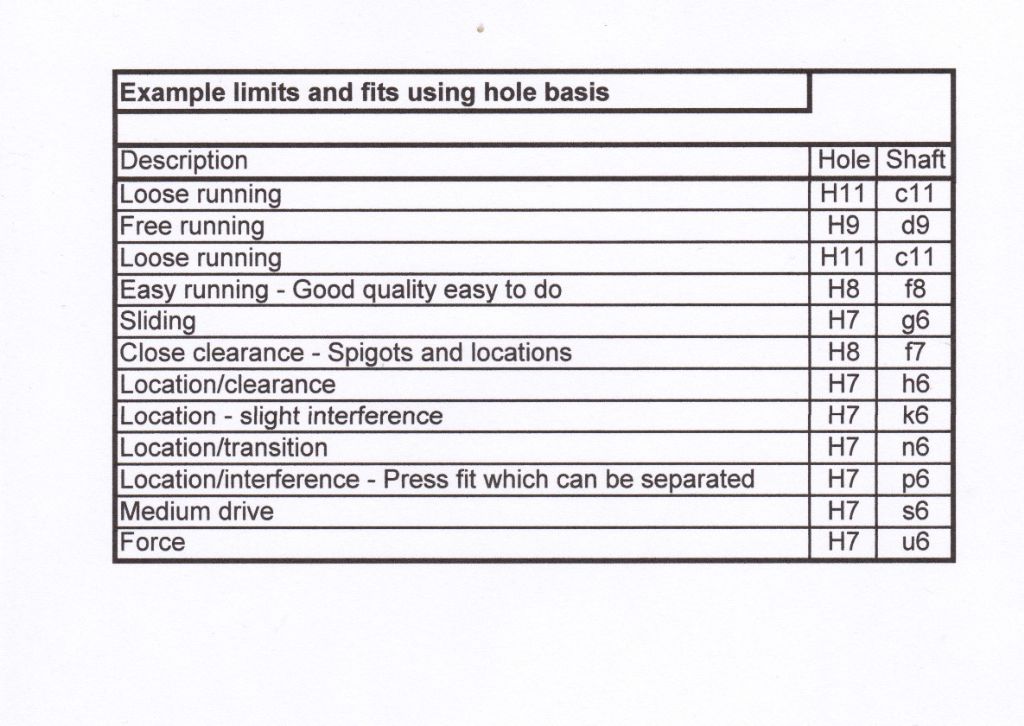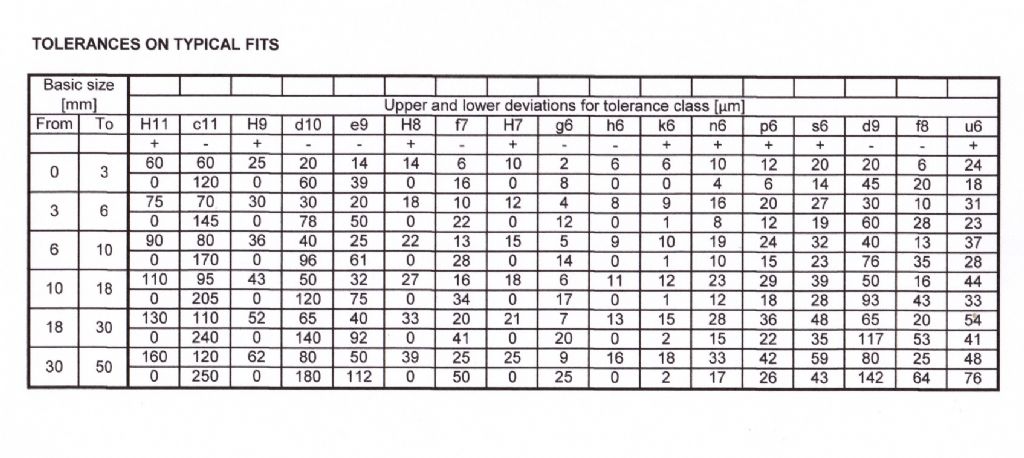Reamer specifications ?
Reamer specifications ?
- This topic has 11 replies, 10 voices, and was last updated 20 January 2020 at 12:13 by
 JA.
JA.
Viewing 12 posts - 1 through 12 (of 12 total)
Viewing 12 posts - 1 through 12 (of 12 total)
- Please log in to reply to this topic. Registering is free and easy using the links on the menu at the top of this page.
Latest Replies
Viewing 25 topics - 1 through 25 (of 25 total)
-
- Topic
- Voices
- Last Post
Viewing 25 topics - 1 through 25 (of 25 total)
Latest Issue
Newsletter Sign-up
Latest Replies
- Dead Centres?
- Parting off on a mini lathe
- Looking for book on basic strengthening and design methods for steel structures
- Arc’s 25mm indexable end mills…
- Pre-Setting 4-Jaw Chucks Hack for Quick Centering
- Looking for a quality pencil sharpener
- Drunk driver broke my workshop!
- Milling for beginners book, Where?
- Chimney turning
- No more Google







